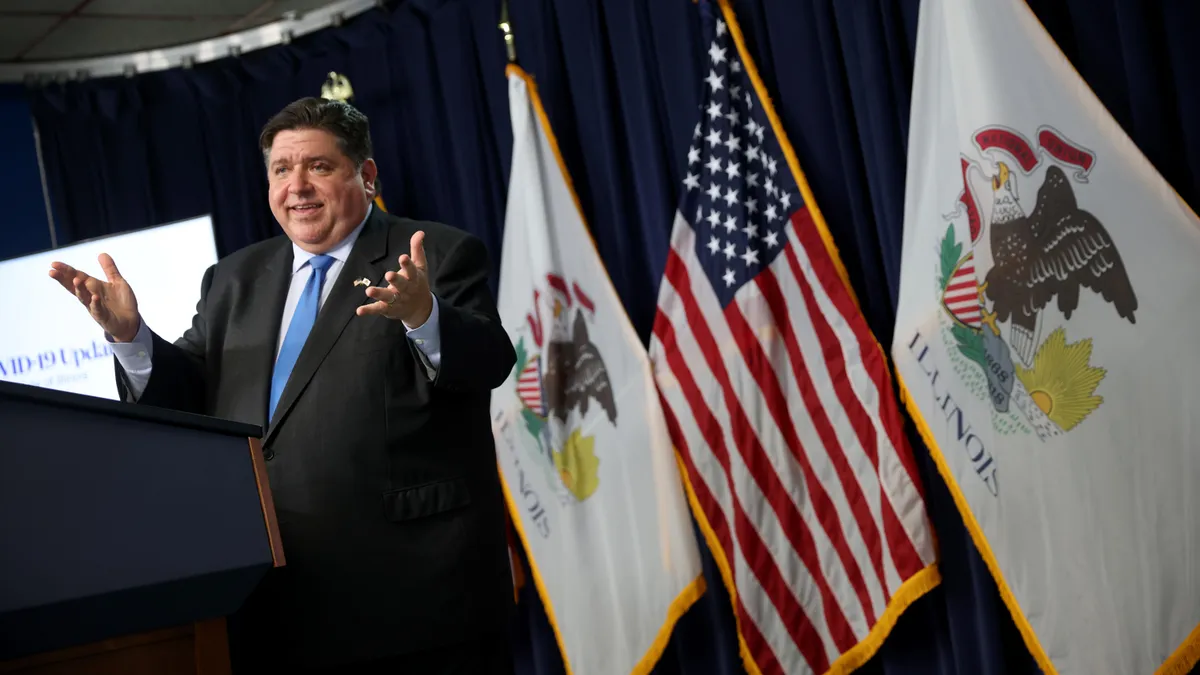While the imperative for salary transparency is clear in states that have passed such laws, that openness is mostly optional for employers throughout the rest of the U.S. Still, salary transparency has increased nationally, even in states without mandates on the books, according to the National Women’s Law Center.
NWLC combed through “extensive” Glassdoor data, which included job listings posted from March 2022 to December 2023. The analysis of employer-provided salary information, filtered by industry, revealed that “pay disclosure increased over time among all selected states — even among those without pay range transparency laws.”
The aerospace, biotechnology, defense, financial services and pharmaceuticals sectors had the lowest rates of pay transparency. In pharmaceuticals and biotech, 48.6% of job listings disclosed salaries in states with strong transparency laws. Only 15.9% of jobs in states with weak laws disclosed the salary.
Meanwhile, HR and staffing jobs had the highest rate of salary transparency: 81.4% of listings in states with strong laws shared the job’s salary range, with 74.3% of listings in states with weak laws still sharing salary ranges.
In states with zero salary transparency laws, almost 75% of HR job listings still had a pay range posted.
NWLC researchers said it was “notable” that states without disclosure laws showed an increase in transparency and indicated “that some employers are proactively jumping on the pay transparency bandwagon — even without a legal obligation — because they see it as a benefit for their businesses to attract and retain top talent.”
As the law center notes, Colorado was first to require salary ranges in job descriptions — with California, New York, Washington, and Washington, D.C., following after it, and Virginia waiting for the Governor to ratify the law the state legislature passed.
While Connecticut, Maryland, Nevada, and Rhode Island also have salary transparency laws, these states require pay ranges to be disclosed at some point in the interview process — not necessarily in the job listing.
Naturally, NWLC observed an uptick in transparency in listings due to laws being passed.
“Between March 2022 and December 2023, the share of job listings with pay disclosure rose by 67.0% in D.C., 31.9% in Maryland, 25.9% in North Carolina, 25.2% in Georgia, 24.6% in Virginia, 24.1% in Maine, and 19.8% in Michigan,” researchers noted.
”We’re witnessing an exciting cultural shift as pay information emerges from a black box,” NWLC Chief Program Officer Emily Martin said in a statement. “Pay disparities thrive in secrecy.”
Martin added that providing that openness helps level the playing field, “especially for women and people of color who are more likely to be shortchanged in pay negotiations.”






















